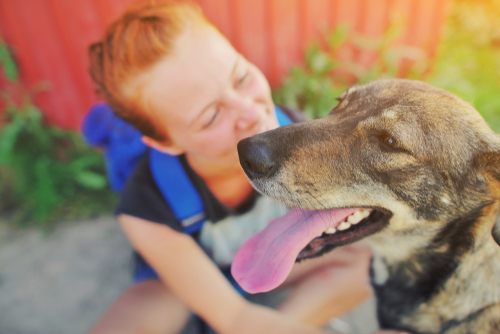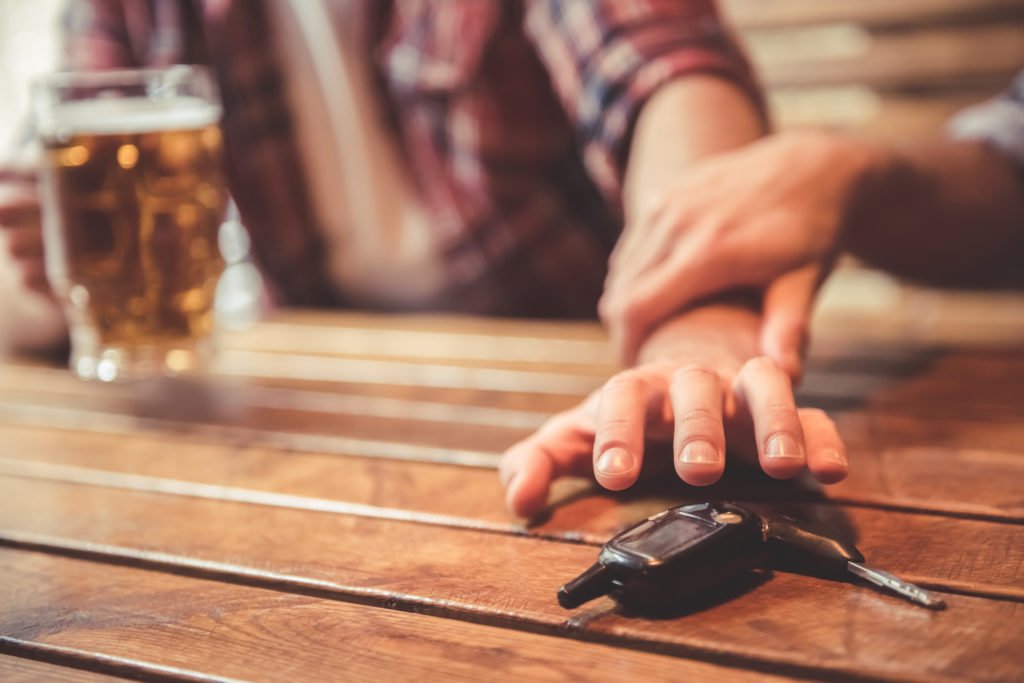
Recently, I came across an article by licensed counselor Cynthia Chandler in “Counseling Today” titled “Is there an epidemic of emotional support animals?” Lest anyone wonder about how I spend my spare time, my wife is finishing up her master’s degree in clinical counseling so that’s why this magazine was lying around. Even before I read Ms. Chandler’s article, this issue had become a pet peeve of mine (no pun intended). I recently flew back to Charleston from a legal conference in Miami. This was a relatively small plane. I appreciate that American Airlines has direct flights to Miami from Charleston but the planes aren’t exactly luxurious. On my flight with perhaps 40 passengers, there were five “emotional support” dogs. I felt like I was in a flying kennel. Not surprisingly, two of the dogs decided they didn’t like each other, and while the flight was boarding, these dogs started barking and lunging at each other. No one was injured but it was a circus. Therefore, when I saw Ms. Chandler’s article, I was drawn to it.
At the outset, let me note a couple of things. First, I love animals, especially dogs. I’ve owned several dogs in my lifetime, almost all of them shelter animals, or so-called “mutts”. My wife and I miss our dearly departed mutt Dixie, who had a great long run before we had to put her down about a year ago. That love of animals is shared firm-wide at Joye Law Firm. We’ve now been honored twice by the Charleston Animal Society as their corporate partner of the year. Most recently, the animal society presented us with their prestigious Community Ambassador award recognizing the firm’s many years of supporting animal-related causes throughout South Carolina. Having said that, there is a place for everything and unless a dog is a “service” animal (more on that below), I don’t believe an airplane is any place for a dog or any other animal for that matter. (Don’t get me wrong – you can fill the airplane’s hold up like Noah’s ark for all I care. I’m talking about animals that are in the cabin of an airplane, typically in their owner’s lap.)
The Difference Between a Service Animal and an Emotional Support Animal
Second, most people don’t understand there is a big difference between “service” animals and “emotional support” animals. Since the vast majority of these animals are dogs, I’ll focus on dogs specifically. A “service” dog is a dog that has been “trained to do work or perform tasks for people with disabilities.” A dog only meets this definition if the dog does a job their owner can’t perform. This includes services for the blind, the deaf, and people with severe mobility restrictions. Service dogs have to go through extensive training to be certified as “service” animals. Part of this training is designed to ensure that these dogs have the right temperament to deal with other people and unique situations. No one would begrudge the right of someone who needs a service animal to have one on an airplane, or virtually anywhere else for that matter. The Americans With Disabilities Act precludes virtually everyone, including privately owned businesses, from disallowing service animals on their property. Given the huge difference that service dogs can make in their owners’ lives, that’s a good law.
“Emotional support” dogs, by comparison, are “companions”. There is no special training that a dog must go through to become an “emotional support” dog. The owner of an “emotional support” dog must indeed have medical certification to have such a dog, but as Ms. Chandler points out in her article, that is a very lax process and it’s designed to give the certification to virtually everyone who asks for it (sort of like the medical marijuana laws in California). Ms. Chandler notes that emotional support animals are not covered by the Americans With Disabilities Act and that there is no official oversight to determine the qualifications for such a dog. While not covered by the A.D.A., emotional support animals are covered by the lesser-known Air Carrier Access Act, which prohibits airlines from discriminating against persons with physical or mental impairments. This law has been used to pave the way for the large number of animals you see on airplanes. Ms. Chandler notes that the process of getting many dog owners medically certified as needing an emotional support dog has become a racket (my word, not hers). If you don’t believe that, google “how do I get my dog certified as an emotional support animal” and see how many businesses pop up offering to help you do the same. These services usually connect the dog owner to a psychologist or other mental health care provider who typically certifies the person’s need for an emotional support dog after one visit (and in some cases, one telephone call). Rarely is there any subsequent follow-up to determine if the owner’s mental state has changed? The service provides NO screening as to the dog’s temperament, especially in a strange setting like an airplane. (Think of it this way if you’re considering the “emotional support” dog route before flying – if you’re anxious about being on an airplane, how do you think your dog will feel?) Many of these services also provide cute little vests for the dogs, identifying them as an “emotional support” or “service” animal. Rest assured, 95% of the dogs you’ll see filling the airport the next time you fly are “emotional support” dogs, not “service” dogs.
What Could Go Wrong?
So what could go wrong with placing dogs in the cabins of airplanes? As it turns out, plenty. In June of 2017, the Atlanta Journal-Constitution reported on a man who was mauled on a Delta flight by an emotional support dog, requiring 28 stitches for bites to his face. In February of 2018, USA Today wrote about a young girl who was bitten by a support dog while boarding a Southwest flight. Undoubtedly, there have been many more instances that have not been reported on in the media. News flash – dogs bite. Put a dog on an airplane (a nerve-wracking experience for many humans) surrounded by strangers, including many small children, and it’s no surprise that bites are going to occur. How prevalent has this issue become? On August 8, 2018, the Wall Street Journal published an opinion piece titled, “On U.S. Planes, The Dogs Are Winning.” That article called on Congress to enact federal legislation to stem the flood of dogs on American airplanes. Some airlines have already begun to enact tighter restrictions, including limiting emotional support animals status to dogs and cats and banning these animals on any flight longer than eight hours. (In case you’re wondering, most animals are not potty-trained.)
Why Do Dogs Bite?
When a bite happens, it’s not the dog’s fault. Show me a dog that bites and I’ll show you a dog that has either been poorly trained or was placed in an inappropriate circumstance. (When we first adopted Dixie some 13 years ago, she had clearly been traumatized by men, and apparently men wearing hats. Until the day she died, we would make sure that Dixie was not around repairmen who came to the house wearing a hat because of the reaction she would have. That’s a dog owner’s responsibility.) While I’d like to think that Congress would heed the Wall Street Journal’s call for legislative action, none of us hold our breath waiting on congressional action. I suspect we will see several more cases of dog bites and attacks on airplanes over the next few years. If you or someone you love is bitten on an airplane (or anywhere else for that matter), you owe it to yourself to confer with an experienced personal injury law firm. Under South Carolina law, a dog owner faces “strict liability” for any injuries caused by his or her dog. Although it’s a bit of a novel situation, I would contend that any person attacked by a dog on a plane that departed from South Carolina should be able to use South Carolina law in any claim against the dog owner. However, it’s not just the dog owner who would be potentially liable here. The airlines are also potentially legally responsible for failing to take appropriate precautions to protect their customers. This could cover a gambit of inactivity, including failing to more tightly screen passengers who contend they medically qualify to have these animals on board, moving passengers with animals to a separate aisle (harder to do with the way most planes are packed now), requiring that smaller animals be kept in a carrier, and requiring the use of muzzles on any larger animal who won’t fit in a carrier. Rest assured that as airlines begin to be held accountable for the more serious injuries occurring on their planes, these actions and others will occur.
Blog by: Attorney Ken Harrell







































